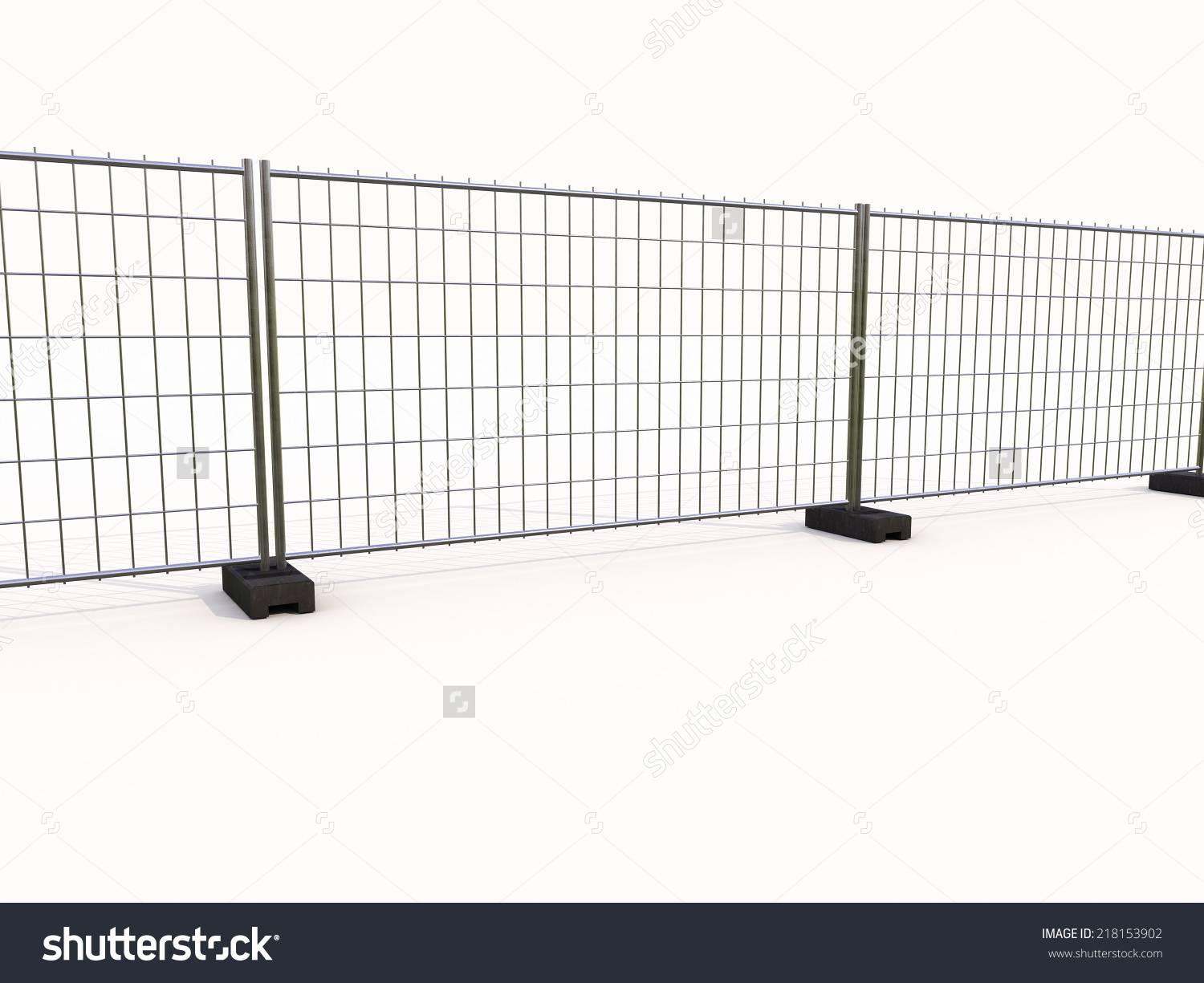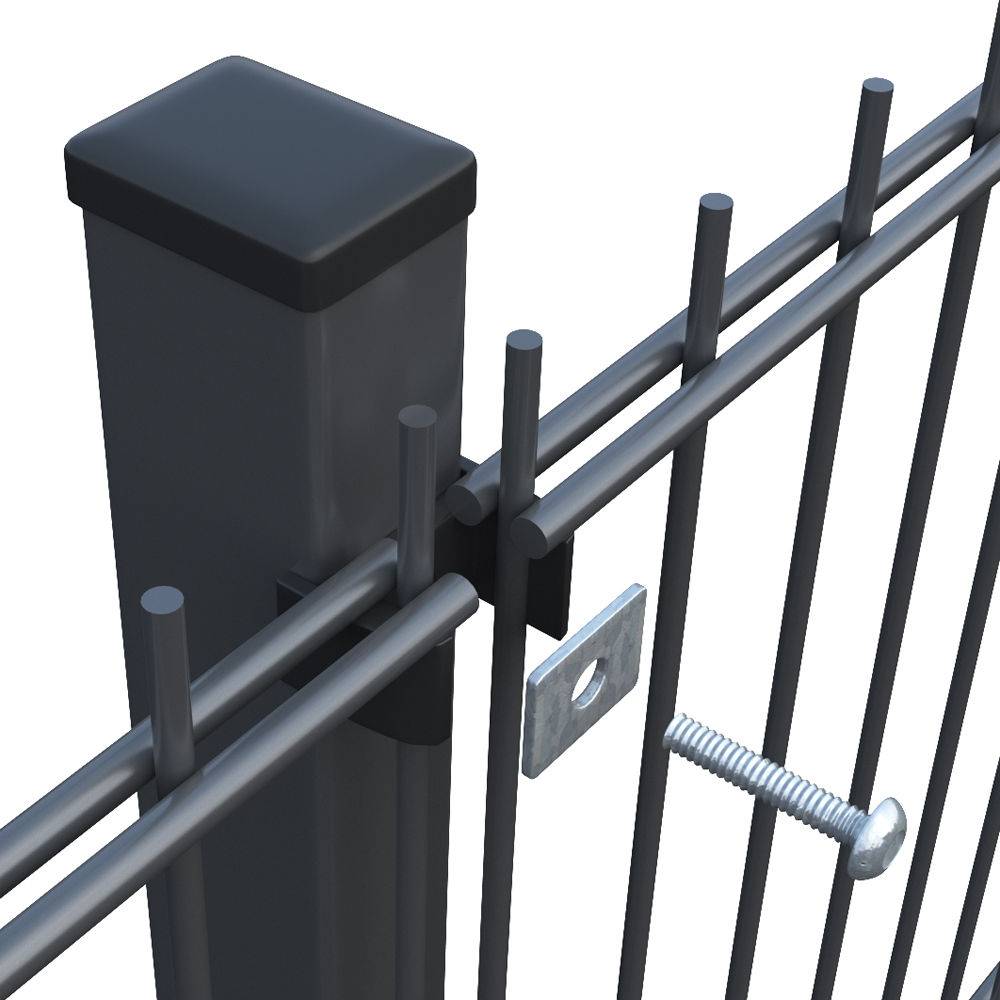

- Afrikaans
- Albanian
- Amharic
- Arabic
- Armenian
- Azerbaijani
- Basque
- Belarusian
- Bengali
- Bosnian
- Bulgarian
- Catalan
- Cebuano
- China
- China (Taiwan)
- Corsican
- Croatian
- Czech
- Danish
- Dutch
- English
- Esperanto
- Estonian
- Finnish
- French
- Frisian
- Galician
- Georgian
- German
- Greek
- Gujarati
- Haitian Creole
- hausa
- hawaiian
- Hebrew
- Hindi
- Miao
- Hungarian
- Icelandic
- igbo
- Indonesian
- irish
- Italian
- Japanese
- Javanese
- Kannada
- kazakh
- Khmer
- Rwandese
- Korean
- Kurdish
- Kyrgyz
- Lao
- Latin
- Latvian
- Lithuanian
- Luxembourgish
- Macedonian
- Malgashi
- Malay
- Malayalam
- Maltese
- Maori
- Marathi
- Mongolian
- Myanmar
- Nepali
- Norwegian
- Norwegian
- Occitan
- Pashto
- Persian
- Polish
- Portuguese
- Punjabi
- Romanian
- Russian
- Samoan
- Scottish Gaelic
- Serbian
- Sesotho
- Shona
- Sindhi
- Sinhala
- Slovak
- Slovenian
- Somali
- Spanish
- Sundanese
- Swahili
- Swedish
- Tagalog
- Tajik
- Tamil
- Tatar
- Telugu
- Thai
- Turkish
- Turkmen
- Ukrainian
- Urdu
- Uighur
- Uzbek
- Vietnamese
- Welsh
- Bantu
- Yiddish
- Yoruba

Durable Barbed Wire for Sale | Low Cost & All Types
Expert insights on selecting the right fencing solution. From technical specifications and installation costs to finding high-quality, barbed wire for sale, this guide covers everything you need to secure your property effectively and affordably.
Explore Our Products NowWhy Choosing the Right Barbed Wire Matters
In the world of perimeter security and agricultural fencing, barbed wire remains a cornerstone technology. Its effectiveness, durability, and cost-efficiency make it an enduring choice for property owners worldwide. However, not all barbed wire is created equal. The market is filled with various types, materials, and qualities. Making an informed decision is crucial for ensuring long-term security, managing costs, and minimizing maintenance. This guide will provide an in-depth analysis of the barbed wire for sale on the market, helping you navigate key considerations from material science to cost-per-acre analysis.
Key Takeaways for Buyers
- Understand Material & Coating: The lifespan of your fence is dictated by the wire's base material and its protective coating (e.g., Galvanized, PVC).
- Evaluate Tensile Strength: High-tensile wire offers greater strength and requires fewer posts, potentially lowering overall installation costs.
- Analyze Twist Type: Traditional vs. Reverse twist types affect strength and resistance to sagging.
- Calculate Total Cost of Ownership: Look beyond the initial barbed wire fencing cost per kg and consider installation, maintenance, and lifespan.
Our Commitment to Excellence (E-E-A-T)
- Expertise: 20+ years of manufacturing and supplying fencing solutions globally.
- Experience: Proven track record in diverse applications, from agricultural farms to high-security industrial sites.
- Authoritativeness: Compliant with international standards like ISO 9001 and ASTM.
- Trustworthiness: Transparent pricing, comprehensive warranties, and dedicated customer support.
Detailed Product Specifications: What to Look For
When you're searching for barbed wire for sale, the technical specifications are paramount. These details determine the product's suitability for your application, its durability against environmental factors, and its overall strength. Below is a comprehensive table outlining common specifications for high-quality barbed wire, ensuring you can compare products like a professional.
| Parameter | Standard Duty (Type I) | Heavy Duty (Type II) | High-Tensile (Type III) | Description & Industry Standard |
|---|---|---|---|---|
| Core Wire Gauge (BWG/mm) | 12.5 gauge (2.5mm) | 12.5 gauge (2.5mm) | 15.5 gauge (1.7mm) | The thickness of the main strand wires. Lower gauge means thicker wire (e.g., 12.5g is thicker than 15.5g). |
| Barb Wire Gauge (BWG/mm) | 14 gauge (2.0mm) | 12.5 gauge (2.5mm) | 16.5 gauge (1.5mm) | The thickness of the wire used to form the barbs. |
| Tensile Strength (MPa) | 350 - 550 MPa | 450 - 650 MPa | > 950 MPa | Measures the wire's resistance to breaking under tension. High-tensile is stronger despite being thinner. |
| Coating Type | Class 1 Galvanized | Class 3 Galvanized / PVC Coated | Class 3 Galvanized / Zn-Al | Protective layer against rust and corrosion. ASTM A121 specifies galvanization classes. |
| Barb Spacing | 5 inches (127mm) | 4 inches (101mm) | 3 inches (76mm) or 5 inches (127mm) | The distance between barb clusters. Closer spacing offers higher security. |
| Twist Type | Conventional Twist | Reverse Twist | Reverse twist (one wire straight, one twists around it) provides superior strength and tension-holding. | |
| Roll Weight / Length | Approx. 35-45 kg / 400m | Approx. 40-50 kg / 400m | Approx. 20-25 kg / 400m | High-tensile is lighter per meter, making installation easier. |
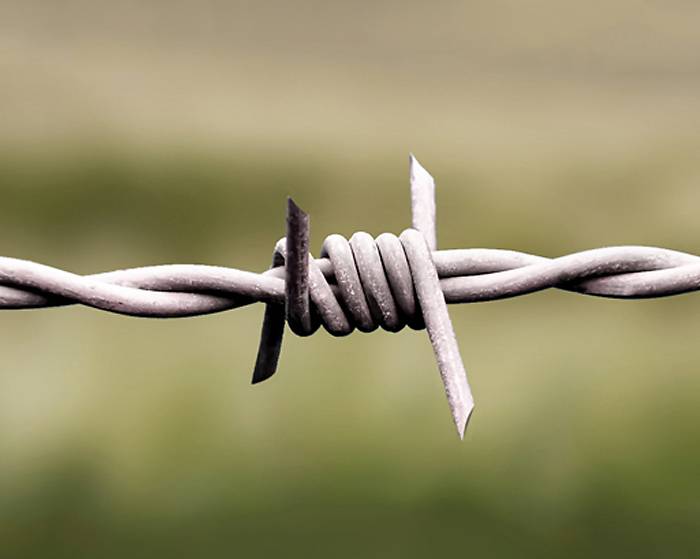
Understanding the Types of Barbed Wire & Cost Analysis
Choosing the right type of barbed wire directly impacts both security effectiveness and budget. The market offers several options, each with distinct advantages. Furthermore, understanding how costs are calculated is key to finding cheap barbed wire for sale without sacrificing quality.
Exploring Different Types of Barbed Wire
1. Galvanized Barbed Wire
This is the most common type. A protective zinc coating is applied to the steel wire to prevent rusting. The quality is determined by the galvanization class:
- Class 1 (Commercial): Standard, suitable for low-moisture environments. Offers a basic level of protection.
- Class 3 (Heavy Galvanized): Has a much thicker zinc coating (approx. 2.5 times thicker than Class 1), providing significantly longer life, especially in coastal or humid areas. It is the preferred choice for long-term investments.
2. PVC Coated Barbed Wire
This wire features a steel core that is first galvanized and then coated with a layer of PVC (Polyvinyl Chloride). This dual-layer protection offers:
- Maximum Corrosion Resistance: Ideal for highly corrosive environments like chemical plants, coastal regions, or areas with high pollution.
- Aesthetic Options: Available in various colors (e.g., green, black) to blend with the surroundings.
3. High-Tensile Barbed Wire
Engineered with higher carbon steel, this wire is thinner and lighter but significantly stronger than standard low-carbon steel wire. Key benefits include:
- Increased Strength: Less prone to stretching or sagging, allowing for greater tension and wider post spacing.
- Cost Savings on Installation: Fewer posts are needed, reducing the overall barbed wire fencing cost per acre.
- Easier Handling: Lighter rolls are easier to transport and install.
Analyzing Fencing Costs: Per Kg vs. Per Acre
When budgeting for your project, it's crucial to look at the complete picture. The initial barbed wire fencing cost per kg can be misleading.
- Cost Per Kg/Roll: This is the upfront price of the material. Heavier, thicker wires (like 12.5 gauge) will have a higher cost per meter than lighter high-tensile wires (15.5 gauge), but the high-tensile wire offers more length per kg.
- Barbed Wire Fencing Cost Per Acre: This is a more practical metric. It accounts for the wire itself, the number of fence posts, labor, clips, and other accessories. A typical 5-strand fence for one acre (approx. 836 linear feet) might require:
- 836 ft x 5 strands = 4180 linear feet of wire.
- A standard 1320 ft (400m) roll means you'll need approximately 3.2 rolls.
- With high-tensile wire, you can space posts at 15-20 feet apart instead of 10-12 feet, saving significantly on the number of posts and labor time.
Pro Tip: Always request a quote based on your total linear footage and number of strands required. A reputable supplier will help you calculate the most cost-effective solution, often demonstrating how a higher-quality wire like Class 3 Galvanized High-Tensile can lead to a lower total project cost.
Our Manufacturing Process: A Commitment to Quality and Precision
The reliability of a barbed wire fence begins with a meticulous and controlled manufacturing process. At our ISO 9001:2015 certified facility, we adhere to stringent quality control at every stage, from raw material selection to final packaging. This ensures every roll of our barbed wire for sale meets and exceeds industry standards for strength, durability, and performance.
Raw Material Selection & Testing
We begin with high-quality low-carbon (SAE 1006-1008) or high-carbon (SAE 1045+) steel rods. Each batch is subjected to spectral analysis to verify its chemical composition, ensuring the correct properties for strength and ductility.
Wire Drawing & Annealing
The steel rods are drawn through a series of dies to reduce them to the precise gauge required (e.g., 12.5g or 15.5g). The wire is then annealed (heat-treated) to relieve internal stresses, making it strong yet flexible enough for twisting.
Surface Treatment (Galvanization/PVC Coating)
This is the most critical step for longevity. Wires undergo Hot-Dip Galvanization (in accordance with ASTM A121 for Class 1 or Class 3 zinc coating) or extrusion for a thick, uniform PVC coating. This process provides exceptional protection against corrosion.
Barbing and Twisting
Our advanced machinery precisely twists two line wires together while simultaneously wrapping a third wire to form sharp, 4-point barbs at consistent intervals. We specialize in the Reverse Twist method, which enhances the wire's tension and prevents unraveling.
Quality Control & Testing
Finished wire samples are rigorously tested for tensile strength (using a tensiometer), coating thickness (using an electronic gauge), and barb adhesion. We ensure every roll meets its specified breaking strength and corrosion resistance standards.
Winding & Packaging
The finished barbed wire is wound into tight, uniform rolls of standard length (e.g., 400m or 500m). Each roll is equipped with a carrying handle for safety and then securely packaged to prevent damage during transport and storage.
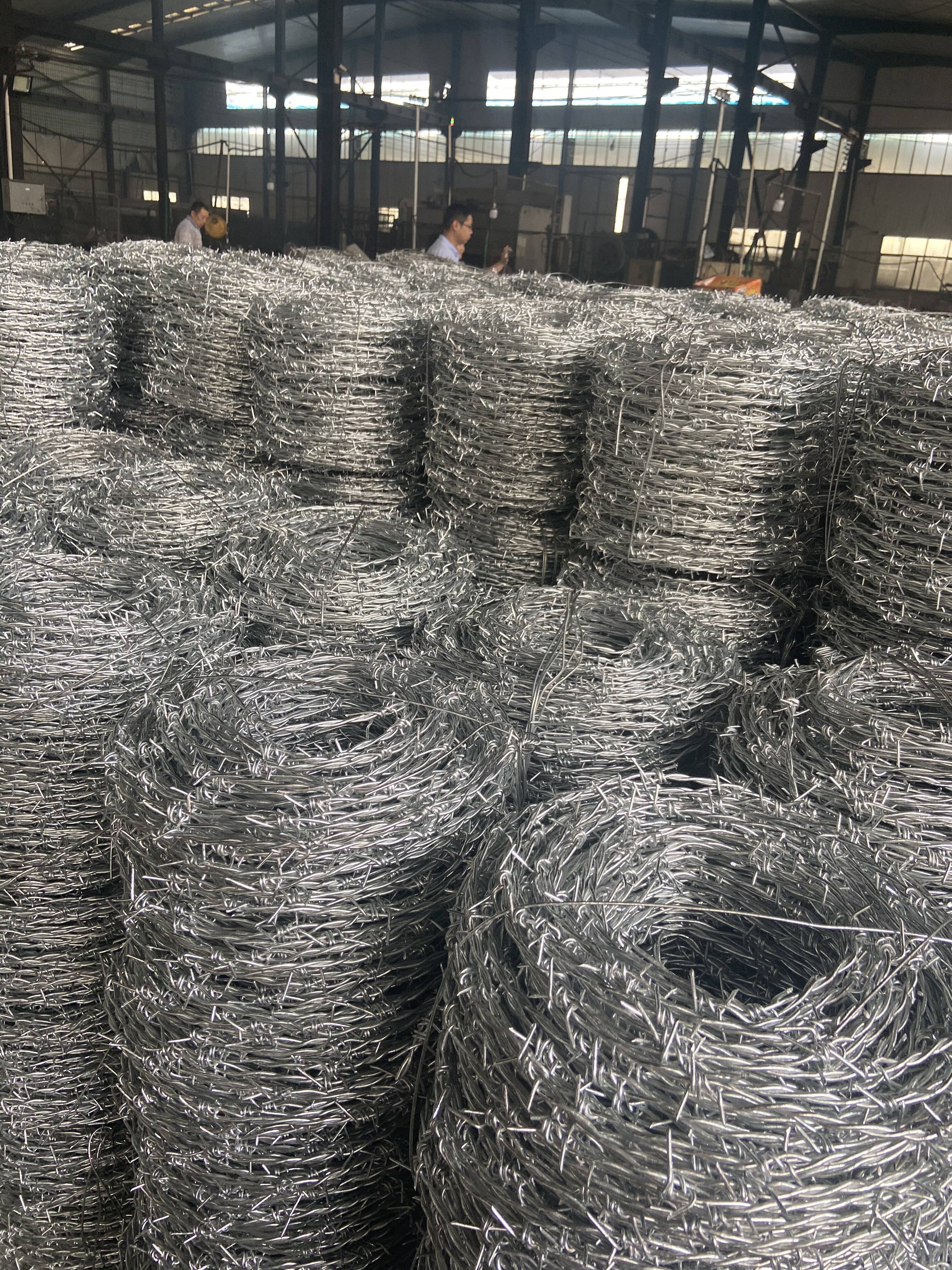
Data-Driven Insights: Visualizing Performance
To better understand the key performance indicators of barbed wire, we've compiled data into easy-to-read charts. This visual information highlights the importance of choosing the right specifications for your application.
Coating Lifespan Comparison (Years)
*Estimated lifespan in a moderately corrosive environment. Varies by location.
Common Applications of Barbed Wire
Proven Applications & Case Studies: Experience in Action
Our barbed wire is trusted across a wide range of industries and applications, demonstrating its versatility and reliability. The choice of specification is tailored to the unique challenges of each environment.
Key Application Sectors:
- Agriculture & Livestock Farming: The primary use is for containing cattle, sheep, and other livestock. The physical and psychological barrier is highly effective. Our Class 3 Galvanized wire is a favorite in this sector for its long life, reducing the frequency of costly fence replacements.
- Industrial & Commercial Security: Used as a topping for chain-link fences and walls at warehouses, factories, and utility substations. It acts as a strong deterrent against unauthorized access and vandalism. PVC-coated wire is often used here for its enhanced durability in industrial atmospheres.
- Military & High-Security Perimeters: Essential for securing military bases, prisons, and critical infrastructure. Often used in multi-layered fence systems with concertina razor wire for maximum security.
- Land Demarcation & Forestry: A cost-effective way to mark property boundaries and protect forestry plantations from animal damage. Its durability ensures clear and lasting demarcation.
Case Study: Securing a 500-Acre Cattle Ranch in a Coastal Region
Client Challenge: A cattle rancher needed to replace an old, rusted 5-strand barbed wire fence around a 500-acre coastal property. The high-salinity air had caused the previous Class 1 galvanized fence to fail in under 8 years. They needed a long-lasting, low-maintenance solution that could withstand the harsh environment and contain a large herd of cattle.
Our Solution: We recommended our 12.5 gauge High-Tensile Barbed Wire with a Class 3 Galvanized coating.
- Material Choice: The Class 3 galvanization provided maximum protection against salt spray corrosion, projected to last over 20 years.
- High-Tensile Advantage: The high-tensile strength allowed for post spacing to be increased from 10 feet to 18 feet, drastically reducing the number of posts needed and the overall installation cost.
- Implementation: We supplied the client with the required quantity of wire and provided technical support for tensioning techniques specific to high-tensile fencing.
Client Feedback (Experience): "The difference is night and day. The new fence is incredibly tight and strong. We saved nearly 30% on posts and labor thanks to the high-tensile wire. After two years, there's not a single spot of rust, even with the constant sea breeze. This was a smart investment, not just a purchase. We found the perfect barbed wire for sale for our needs."
Frequently Asked Questions (FAQ)
Empowering you with the knowledge to make the best choice. Here are answers to some of the most common technical questions we receive.
Wire gauge (e.g., 12.5 gauge or 15.5 gauge) is a measurement of the wire's diameter. Confusingly, a lower gauge number indicates a thicker wire. For example, 12.5 gauge (approx. 2.5mm) is thicker and heavier than 15.5 gauge (approx. 1.7mm). While thicker wire was traditionally considered stronger, modern metallurgy has changed this. High-tensile 15.5g wire can be significantly stronger than standard 12.5g wire due to its higher carbon steel composition. The choice depends on balancing traditional robustness with modern strength-to-weight advantages.
The difference lies in the thickness of the protective zinc coating, measured in ounces per square foot of wire.
Class 1 (Commercial) has a thin zinc coating (approx. 0.28 oz/ft²). It's a cost-effective option for dry, arid climates with an expected lifespan of 5-10 years.
Class 3 (Heavy Galvanized) has a much thicker coating (approx. 0.80 oz/ft² or more). This provides 2 to 3 times the lifespan of Class 1, making it the standard for humid, coastal, or high-precipitation areas. It's a superior investment for long-term durability.
Tensile strength, measured in megapascals (MPa) or pounds per square inch (PSI), is the maximum stress a wire can withstand before breaking.
Low-Carbon Wire: 350-550 MPa. It is more ductile and forgiving but stretches more easily.
High-Tensile Wire: > 950 MPa. It is much stronger, lighter, and has less stretch. You should choose high-tensile wire if you want to reduce costs by using fewer fence posts (wider spacing), if you need a fence that stays tight under pressure (from snow or animals), and if you want easier handling due to lighter rolls.
Follow these steps:
1. Measure the Perimeter: Calculate the total linear feet (or meters) of the area you need to fence.
2. Determine Number of Strands: Decide how many parallel lines of wire you need (e.g., 4, 5, or 6 strands are common for livestock).
3. Calculate Total Length: Multiply the perimeter length by the number of strands. (e.g., 1000 ft perimeter x 5 strands = 5000 ft of wire needed).
4. Account for Bracing & Waste: Add an extra 5-10% to your total length to account for tensioning, corner bracing, and potential waste.
5. Divide by Roll Length: Divide the final total length by the length of a single roll (e.g., 1320 ft or 400m) to determine how many rolls to purchase.
Conventional Twist: Both line wires are twisted together in a simple, uniform pattern. This is a common and effective design.
Reverse Twist: One line wire remains straight and under tension, while the other wire is twisted around it. The barbs are placed on the straight wire. This design creates a stronger, more rigid cable that is less likely to sag or stretch over time. It holds tension better, making it superior for high-tensile fences and long stretches.
While local regulations may vary, general best practices (often guided by standards like ASTM F1910) include:
• Post Depth: Posts should be set to a depth of at least 1/3 of their total length.
• Post Spacing: Typically 10-12 feet for standard wire, but can be extended to 15-25 feet for high-tensile wire.
• Bracing: H-braces should be installed at all corners, ends, and long straight runs (every 650ft) to handle the tension.
• Tensioning: Use a proper tensioning tool. The wire should be taut ("sings" when plucked) but not over-tightened to the point of breaking.
• Attachment: Use high-quality fence staples (clips) and do not drive them in so far that they crimp and damage the wire's galvanized coating.
We stand by our product quality. Our Class 3 Galvanized and PVC Coated barbed wire comes with a 20-year limited manufacturer's warranty against rust and corrosion failure. Our standard barbed wire for sale comes with a 10-year warranty.
Delivery Timeline: For standard stock items, orders are typically dispatched within 3-5 business days. For large custom orders, the lead time is generally 2-4 weeks. Please contact our sales team for a precise quote and delivery schedule based on your specific requirements.
Your Trusted Partner for Security Fencing
Choosing a supplier for your fencing project is a long-term commitment. With over two decades of experience, adherence to international quality standards (ISO 9001), and a portfolio of successful projects across agricultural, industrial, and governmental sectors, we are more than just a vendor—we are your partner in security. We provide not only premium barbed wire for sale but also the expert guidance to ensure your project's success from start to finish.
Get a Custom Quote TodayIndustry References & Further Reading
"The selection of fence materials, particularly the class of zinc coating on steel wire, is the primary determinant of the fence's service life in a given corrosive environment. A Class 3 coating can extend the life of a fence by more than double that of a standard Class 1 coating."
- Abridged from a discussion on Fencing Materials, Fencing and Grazing Forum.
For more technical standards, refer to:
- ASTM A121 / A121M-19: Standard Specification for Metallic-Coated Carbon Steel Barbed Wire. View at ASTM International
- USDA Natural Resources Conservation Service: Fence - Code 382, Conservation Practice Standard. Provides guidelines for agricultural fencing.
Recommended Products
Latest News About CHENG CHUANG
-
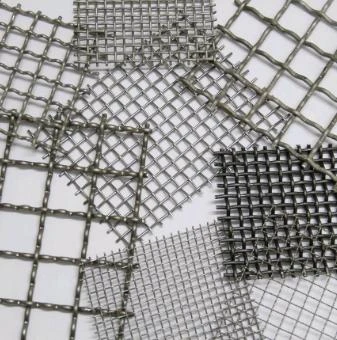 Wire mesh is durableWire mesh represents a cornerstone of modern industrial and agricultural solutions, offering unmatched versatility across countless applications.Read more >
Wire mesh is durableWire mesh represents a cornerstone of modern industrial and agricultural solutions, offering unmatched versatility across countless applications.Read more >Jul 11 2025
-
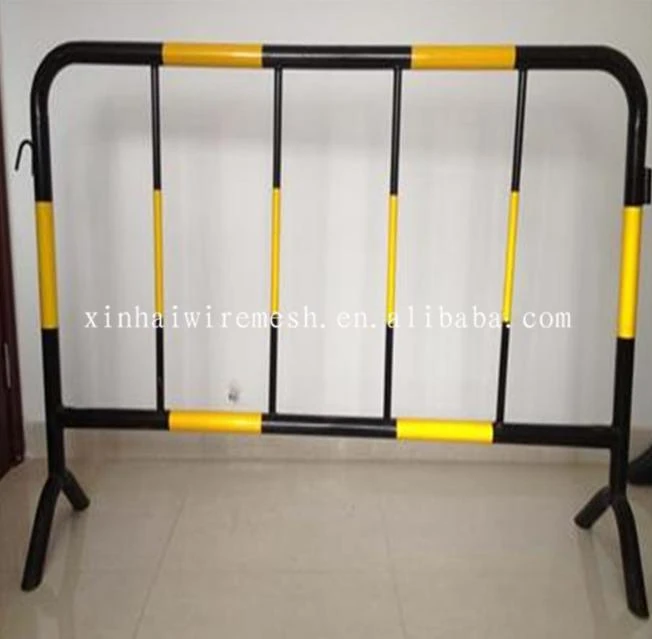 Safety barrier directs traffic flowIn high-risk environments, safety barrier systems stand as non-negotiable guardians against catastrophic incidents.Read more >
Safety barrier directs traffic flowIn high-risk environments, safety barrier systems stand as non-negotiable guardians against catastrophic incidents.Read more >Jul 11 2025
-
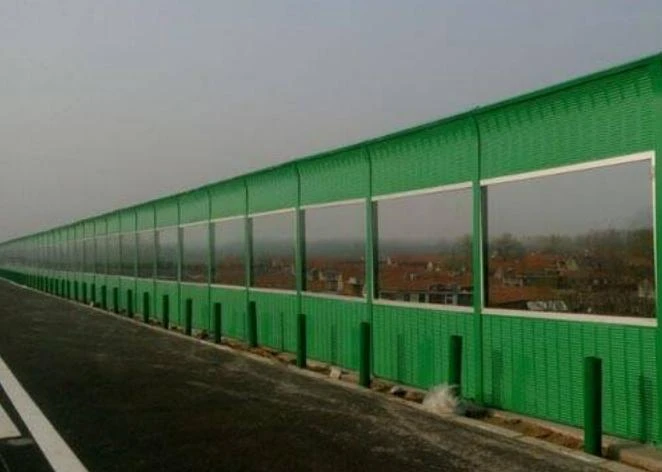 Modular Noise Barrier Eases InstallationUrbanization intensifies noise pollution, making noise barrier systems essential for preserving human health and tranquility.Read more >
Modular Noise Barrier Eases InstallationUrbanization intensifies noise pollution, making noise barrier systems essential for preserving human health and tranquility.Read more >Jul 11 2025
-
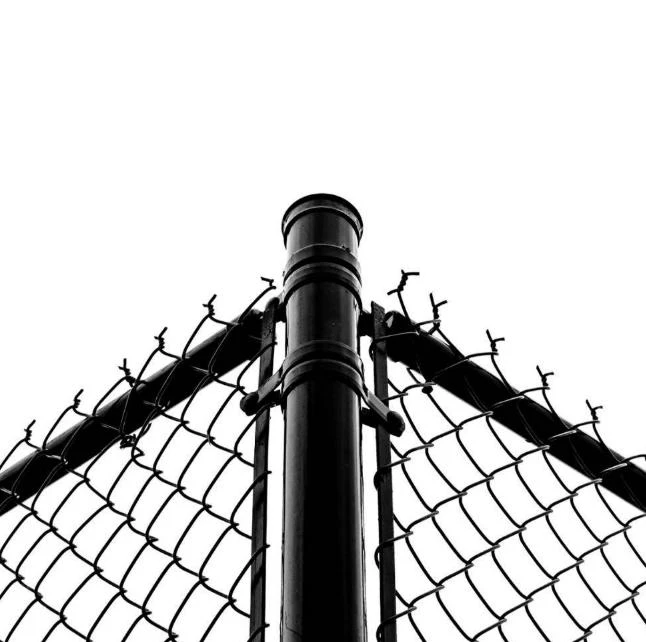 Metal fence types enhance securityMetal fence types form the backbone of modern perimeter security solutions worldwide.Read more >
Metal fence types enhance securityMetal fence types form the backbone of modern perimeter security solutions worldwide.Read more >Jul 11 2025
-
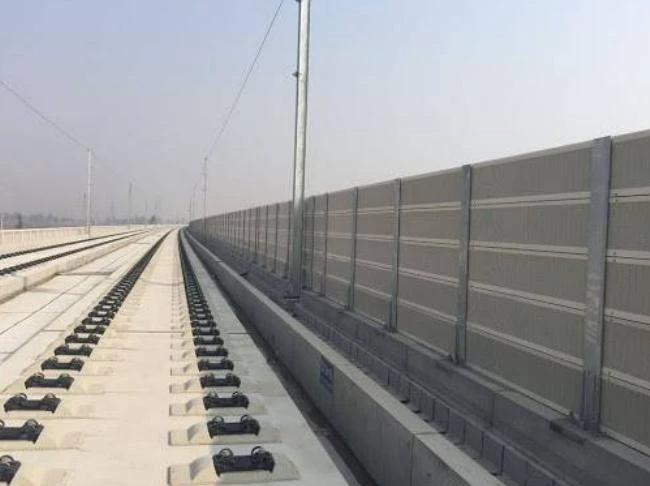 Crowd Control Barrier Manages Foot TrafficThe management of public gatherings demands precision, safety, and reliability, making crowd control barrier systems indispensable tools for organizers worldwide.Read more >
Crowd Control Barrier Manages Foot TrafficThe management of public gatherings demands precision, safety, and reliability, making crowd control barrier systems indispensable tools for organizers worldwide.Read more >Jul 11 2025
